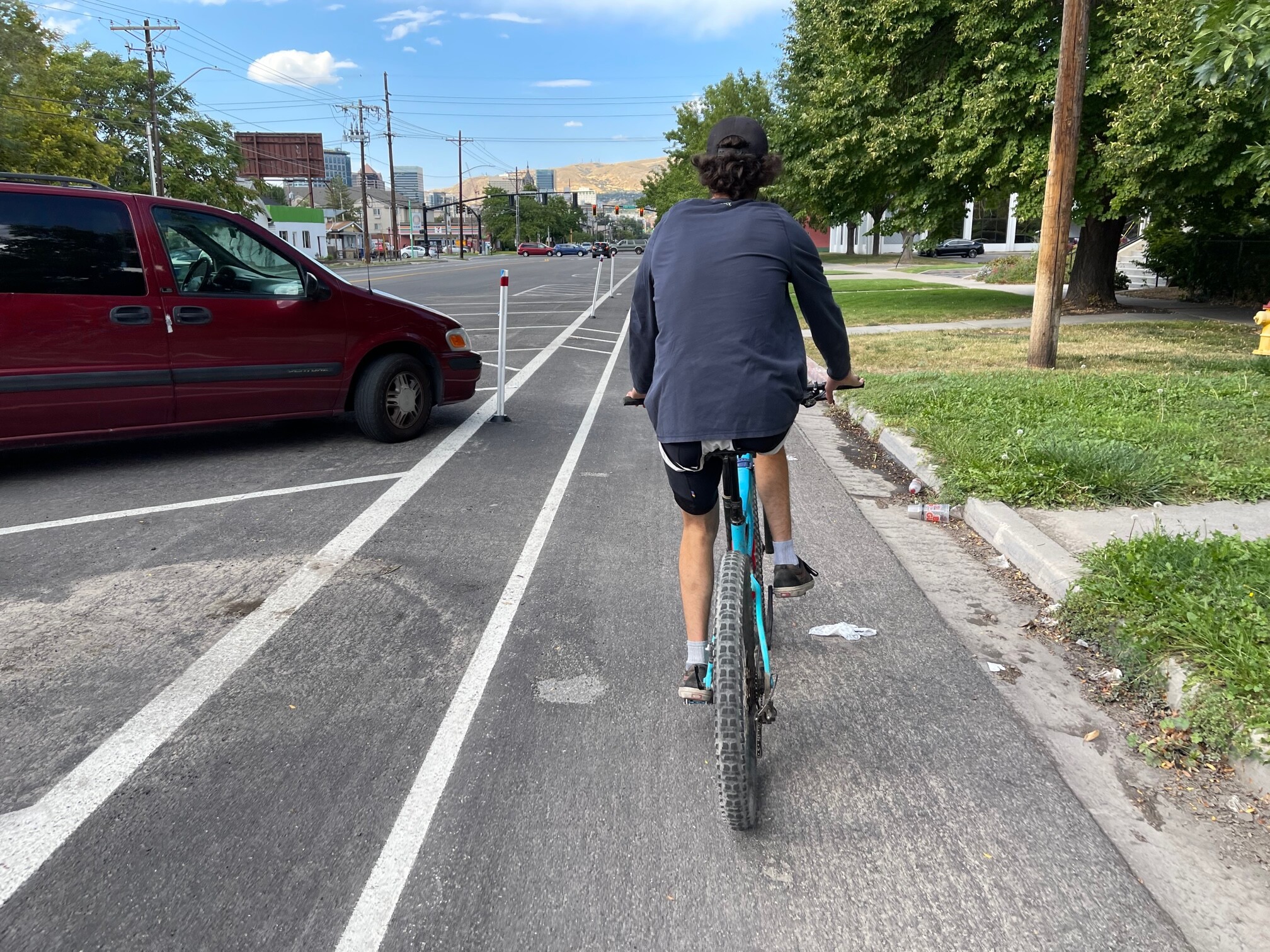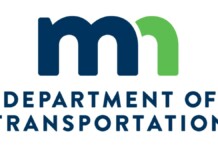By Charles Pekow — The National Cooperative Highway Research Program (NCHRP) concludes in two recent studies that any type of bike lane—whether separated, buffered (with extra space), or simply marked—enhances mid-block safety. One study assesses bike lane safety, while the other offers guidance on their design and retrofitting.
NCHRP explores the evolution of bike safety perspectives, noting that in the 20th century, both traffic engineers and the cycling community largely supported shared roadways, making dedicated bike lanes uncommon. However, as crash rates rose, attitudes shifted in the 21st century. Despite numerous studies on the topic, NCHRP’s literature review found that existing research was inconclusive or lacked key data, such as crash locations and lane types. This study specifically focused on mid-block sections rather than intersections.

Still, NCHRP’s literature review found that demographics (race, population, income) didn’t affect safety significantly; residential areas were safer than business zones and the more bus stops, the less safe. A recommended fix: raising the crosswalk at bus stops.
But since thinking and conditions have changed, the program went on to provide a guide to building cycling lanes, considering everything from amount of space available to speed limits to parking spots, two- or one-way traffic, presence of driveways and garages, etc.
Based on what’s known, separated bike lanes proved safest, and the guide especially recommends them when the speed limit exceeds 25 mph and at least 6,000 vehicles per day on average use the road. Buffers work best when they separate bike and auto traffic by at least three feet, but it’s not clear if the type of road markings make a difference.
See Safety Evaluation of On-Street Bicycle Facility Design Features at doi.org/10.17226/28854; and On-Street Bicycle Facility Design Features: A Guide at doi.org/10.17226/28853.
Meanwhile, a study in Baltimore done by Morgan State University found that cyclists prefer to ride on separated lanes or trails over shared lanes. “The lack of continuous and well-designed bike lanes, particularly in disadvantaged areas, contributes to a higher crash risk and discourages cycling as a mode of transportation” in Baltimore, the study concluded. It also found that the longer the bike lane, the more dangerous the ride, probably because of bad design. See Investigating the Effect of Different Bike Lane Types on Bicyclists’ Safety and Behavior in Baltimore City at https://www.morgan.edu/Documents/ACADEMIA/CENTERS/ntc/PB1_v57.pdf









